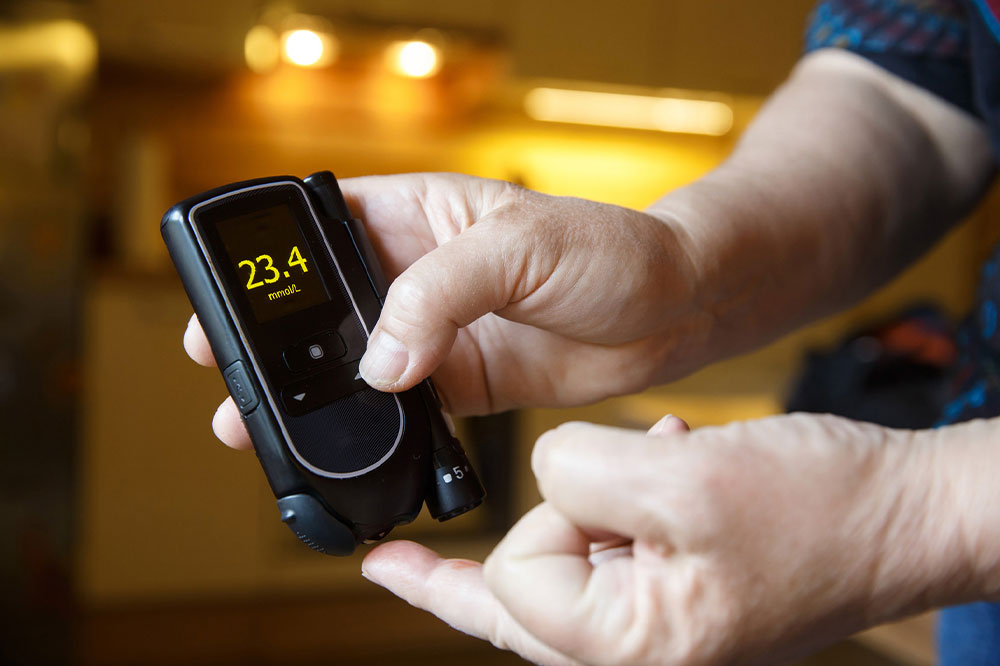
Treatment options for different types of diabetes
Diabetes mellitus is a group of conditions that affect the body’s ability to use blood sugar, also known as glucose. The body needs glucose to provide energy to the cells that are responsible for making tissue and muscles. Additionally, glucose is also the main source of energy for the brain. The cause of diabetes depends on its type. But regardless of the type, diabetes leads to an increase in blood sugar levels in the body.
Excessive blood sugar levels in the body can have several serious health implications. The treatment plan for diabetes is prescribed depending on the type of diabetes. Here’s a list of general diabetes treatment options.
Type 1 diabetes treatment
For type 1 diabetes, giving insulin is the first line of treatment in every case. Injecting insulin into the body replaces the hormone the body is not able to produce naturally. There are four kinds of insulin used in the treatment of type 1 diabetes. These four types of insulin vary based on how quickly they start to show effects and how long their effect lasts. The four types of insulin used in the treatment are as follows.
- Rapid-acting
This type of insulin starts to show its effects in just 15 minutes, and the effects last between 3 and 4 hours.
- Short-acting
It takes 30 minutes for this type of insulin to start working, and its effects last for 6 to 8 hours.
- Intermediate-acting
This type of insulin starts to show its effects in 1 to 2 hours, and its effects can last for up to 18 hours.
- Long-acting
This insulin can take a while to start working, and its effects can last for up to 24 hours or even longer.
Type2 diabetes treatment
The options for type 2 diabetes treatment include eating healthy and exercising regularly. If lifestyle changes do not bring down blood sugar, the doctor will prescribe other treatment options.
Gestational diabetes treatment
Controlling gestational diabetes is important for the mother as well as the baby. It is also essential that gestational diabetes is brought under control, as it can create complications during delivery. The treatment plan for gestational diabetes includes eating healthy and staying physically active. Keeping a check on blood sugar levels is also important for women with gestational diabetes. Some women might also be advised to take other treatment options. The doctor will also monitor blood sugar levels when the expecting mother goes into labor. If there is a spike in the mother’s blood sugar levels during childbirth, it may cause low blood sugar levels in the baby after birth.
Prediabetes treatment
For prediabetes patients, following a healthy lifestyle can bring their blood sugar levels under control. Eating healthy and exercising regularly can prevent blood sugar levels from rising and progressing to type 2 diabetes. Exercising 150 minutes a week and losing 7% of body weight can prevent or delay prediabetes from progressing to type 2 diabetes. Treatment options may be prescribed if a person is at high risk of diabetes or cardiovascular disease and if the prediabetes is getting severe. Even if this is the case, following a healthy lifestyle remains essential in keeping the condition from worsening.




